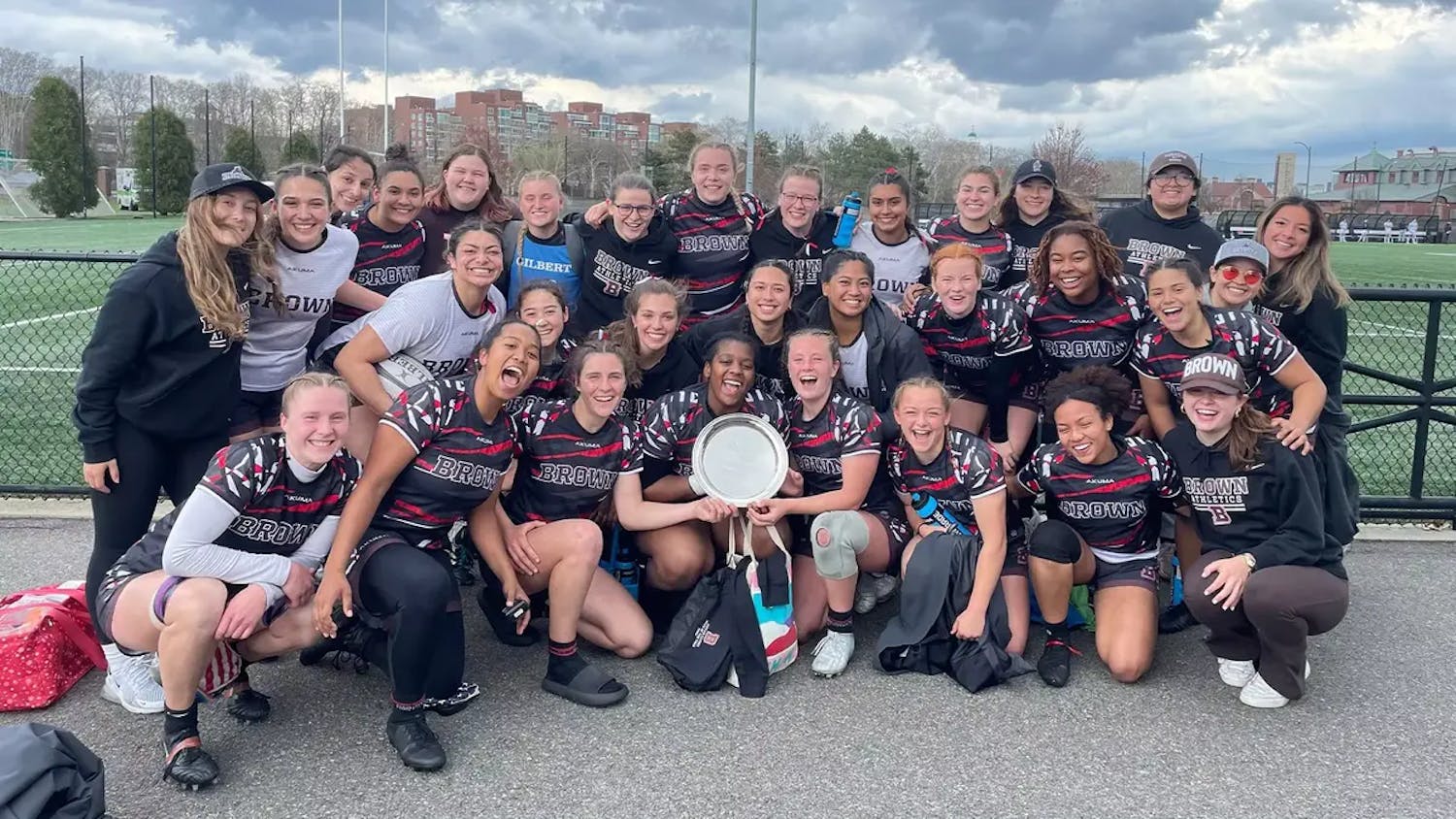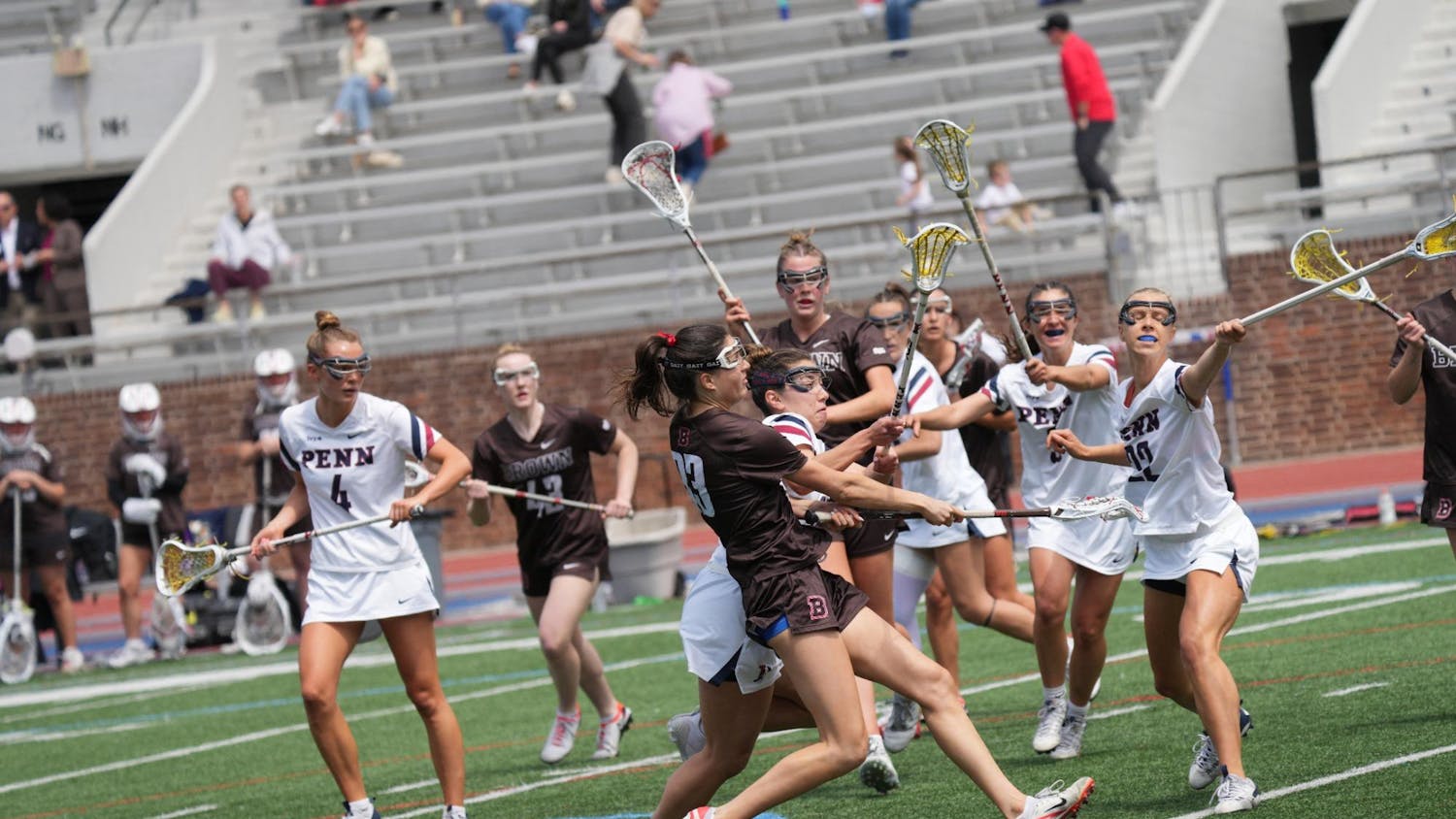Major League Baseball Commissioner Rob Manfred and Chief Baseball Officer Joe Torre are on a mission to reduce the time of games and to make baseball more “fun.” They have already eliminated the intentional walk for this upcoming season — to save an entire 35 seconds every 2.6 games — and have proposed a frankly ridiculous idea to start with a runner on second base in extra innings (James Shapiro ’19 has written his own thoughts on the matter).
What if baseball officials, instead of destroying a beloved, centuries-old game in one fell swoop, actually decided to improve upon the current game with minor changes that did not drastically affect rules and strategy? Impossible? Not in the slightest.
First of all, the replay system needs to be overhauled. Replays last season took an average of two minutes and 30 seconds. That’s longer than the standard two minute 25 second commercial break in between innings. The argument that society’s attention span is too short for baseball is overused and inaccurate, but asking a fan to wait two minutes and 30 seconds with nothing but the same replays to watch is asking far too much.
The system is too complicated and unwieldy. Replays are conducted in a review center in New York. The umpires stand around oblivious with headphones on while they wait for a ruling. But most calls in baseball can be determined on the first and second replay showing. There is no need to wait around for people watching a feed across the country. It would be far easier if baseball adopted a protocall similar to basketball, where umpires could watch the replay on the field and come to a decision much more quickly.
Secondly, baseball needs to enforce its pace-of-play rules. Schapiro disagrees, but only good can come from spending less time watching pitchers stand on the rubber scratching themselves. Baseball has been trying to protect pitchers from their arms for the past decade with no success. Fifty-six pitchers have undergone Tommy John surgery in the past three seasons. It’s time to take the training wheels off.
Manfred has proposed a pitch clock of 20 seconds, meaning that pitchers would have 20 seconds between each pitch. The average pitcher takes 22.6 seconds between each pitch. We already know that at least half of baseball pitchers have no problems with a rate almost that of the pitch clock, so, if people complain, they can be told with assurance that it is not so difficult.
After all, Rule 5.07c of the MLB Baseball rulebook states: “When the bases are unoccupied, the pitcher shall deliver the ball to the batter within 12 seconds after he receives the ball.” Each time the pitcher delays the game by violating this rule, the umpire shall call “Ball.” How often do we see this rule enforced? Never. Baseball purists would send the sports world into chaos if there were ever a pitch clock of 12 seconds. A 20-second pitch clock does not seem so terrible in comparison. It still falls way short of MLB’s actual rule.
A pitch clock of 20 seconds, more than anything else, would speed up those pitchers who take seemingly hours between each pitch. As a Cubs fan, it was pure agony at times to watch the laborious Dodgers bullpen stand on the mound for an entire six-game series. Dodgers reliever Pedro Baez spent 30.2 seconds between pitches during the regular season. In one playoff matchup against Cubs hitter David Ross, Baez spent 111 seconds between pitches after he and Ross both called timeout during the at-bat. That is not fun for anyone.
Batters should not be exempt from pace-of-play rules either. Ross had just as much to do with the 111 seconds of terrible boredom last postseason as Baez. MLB made a rule before the 2015 season that hitters could not step out of the batter’s box after taking a pitch. I believe that pace-of-play rules for hitters could be broached even further with the addition of the pitch clock. Hitters should be ready for a pitch within 12 seconds similar to rule 5.07c for pitchers. Gone are the days of David Ortiz stepping out of the box, tapping his cleats with his bat, unstrapping his batting gloves, spitting into his hands, re-strapping his gloves, tapping the plate with his bat and taking a couple of practice swings.
There is no need for baseball officials to start enacting random, ridiculous rules. A runner on second for every extra inning — where does it end? Why not decide games by a coin flip? Or a home run derby type of shootout? Baseball has been played for over 150 years. Drastic changes to fundamental rules are not necessary. If everyone is so concerned with the amount of time games are taking, then why not just shorten the time in between baseball, rather than baseball itself? If game seven of 2020 World Series goes into extra innings and a runner marches out to second at the top of the tenth inning, that is when we will know that baseball is truly doomed.
George Klein ’20 can be reached at george_klein@brown.edu.
Major League Baseball Commissioner Rob Manfred and Chief Baseball Officer Joe Torre are on a mission to reduce the time of games and to make baseball more “fun.” They have already eliminated the intentional walk for this upcoming season — to save an entire 35 seconds every 2.6 games — and have proposed a frankly ridiculous idea to start with a runner on second base in extra innings (James Shapiro ’19 has written his own thoughts on the matter).
What if baseball officials, instead of destroying a beloved, centuries-old game in one fell swoop, actually decided to improve upon the current game with minor changes that did not drastically affect rules and strategy? Impossible? Not in the slightest.
First of all, the replay system needs to be overhauled. Replays last season took an average of two minutes and 30 seconds. That’s longer than the standard two minute 25 second commercial break in between innings. The argument that society’s attention span is too short for baseball is overused and inaccurate, but asking a fan to wait two minutes and 30 seconds with nothing but the same replays to watch is asking far too much.
The system is too complicated and unwieldy. Replays are conducted in a review center in New York. The umpires stand around oblivious with headphones on while they wait for a ruling. But most calls in baseball can be determined on the first and second replay showing. There is no need to wait around for people watching a feed across the country. It would be far easier if baseball adopted a protocall similar to basketball, where umpires could watch the replay on the field and come to a decision much more quickly.
Secondly, baseball needs to enforce its pace-of-play rules. Schapiro disagrees, but only good can come from spending less time watching pitchers stand on the rubber scratching themselves. Baseball has been trying to protect pitchers from their arms for the past decade with no success. Fifty-six pitchers have undergone Tommy John surgery in the past three seasons. It’s time to take the training wheels off.
Manfred has proposed a pitch clock of 20 seconds, meaning that pitchers would have 20 seconds between each pitch. The average pitcher takes 22.6 seconds between each pitch. We already know that at least half of baseball pitchers have no problems with a rate almost that of the pitch clock, so, if people complain, they can be told with assurance that it is not so difficult.
After all, Rule 5.07c of the MLB Baseball rulebook states: “When the bases are unoccupied, the pitcher shall deliver the ball to the batter within 12 seconds after he receives the ball.” Each time the pitcher delays the game by violating this rule, the umpire shall call “Ball.” How often do we see this rule enforced? Never. Baseball purists would send the sports world into chaos if there were ever a pitch clock of 12 seconds. A 20-second pitch clock does not seem so terrible in comparison. It still falls way short of MLB’s actual rule.
A pitch clock of 20 seconds, more than anything else, would speed up those pitchers who take seemingly hours between each pitch. As a Cubs fan, it was pure agony at times to watch the laborious Dodgers bullpen stand on the mound for an entire six-game series. Dodgers reliever Pedro Baez spent 30.2 seconds between pitches during the regular season. In one playoff matchup against Cubs hitter David Ross, Baez spent 111 seconds between pitches after he and Ross both called timeout during the at-bat. That is not fun for anyone.
Batters should not be exempt from pace-of-play rules either. Ross had just as much to do with the 111 seconds of terrible boredom last postseason as Baez. MLB made a rule before the 2015 season that hitters could not step out of the batter’s box after taking a pitch. I believe that pace-of-play rules for hitters could be broached even further with the addition of the pitch clock. Hitters should be ready for a pitch within 12 seconds similar to rule 5.07c for pitchers. Gone are the days of David Ortiz stepping out of the box, tapping his cleats with his bat, unstrapping his batting gloves, spitting into his hands, re-strapping his gloves, tapping the plate with his bat and taking a couple of practice swings.
There is no need for baseball officials to start enacting random, ridiculous rules. A runner on second for every extra inning — where does it end? Why not decide games by a coin flip? Or a home run derby type of shootout? Baseball has been played for over 150 years. Drastic changes to fundamental rules are not necessary. If everyone is so concerned with the amount of time games are taking, then why not just shorten the time in between baseball, rather than baseball itself? If game seven of 2020 World Series goes into extra innings and a runner marches out to second at the top of the tenth inning, that is when we will know that baseball is truly doomed.
George Klein ’20 can be reached at george_klein@brown.edu. Please send responses to this opinion to letters@browndailyherald.com and other op-eds to opinions@browndailyherald.com.




